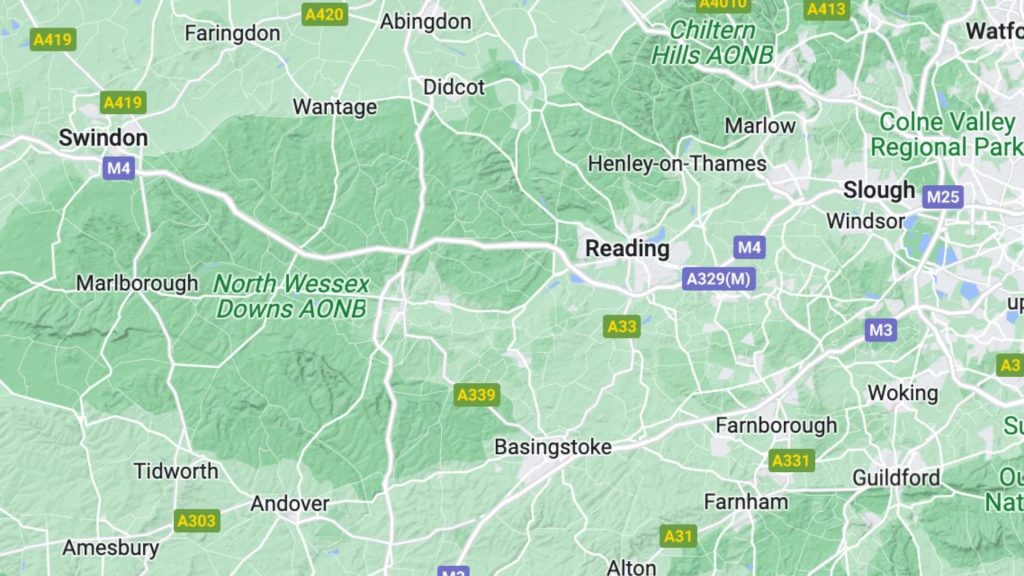Do I need an air test?
If you have a new building, the first question you should ask yourself is, Do I need an air test? Air testing ensures that the Dwelling Emission Rate (DER) for a building is below the target emissions level. Increasingly, governments around the world are making commitments to reduce carbon emissions.
UK Building regulations require that buildings comply with their targets. Part L, which deals with the conservation of fuel and power within buildings, is becoming increasingly important as the built environment accounts for over 50% of the world’s carbon emissions.
While air tightness is one of the most important aspects of building construction, maintaining a high level of air tightness is also vital for energy efficiency. Leaking air can lead to poor energy efficiency, cold draughts and heat loss.
An air test is necessary not only to ensure your building is energy efficient but to keep your energy bills down. If your building has low air tightness, you’ll need to make some changes, which will save you money.
Why is Air Testing Important?
Why is airtightness testing important? Well, maintaining a high airtightness level in a building is essential to its energy performance. Poor energy efficiency and cold draughts are just two of the problems that can occur when air is able to enter or leave a building. Air testing is a necessity to reduce energy bills and make a building more environmentally friendly. Fortunately, this process is relatively easy.
Many benefits of airtightness testing are numerous and often overlooked. Performing an airtightness test on a building can lead to considerable energy savings, an improved understanding of the load placed on HVAC systems, and the management of condensation risks.
Ultimately, airtightness testing is an important part of building efficiency. Whether a building is large or small, it’s vital to understand the airtightness of its envelope to avoid problems down the line.
If you’re building a new home or business, then you may be wondering:
How is an Air Test Performed in Berkshire?
This test is a key component of new building control, as it can identify air tightness defects and identify energy efficiency problems. With new regulations being enforced, the importance of air tightness testing in buildings has increased. Not only does it provide an accurate picture of the building’s air tightness, but it will also help to ensure that the building complies with energy efficiency standards and Part L of the building regulations.
The main purpose of an air tightness test is to determine the amount of uncontrolled air movement in a building. The results are registered in m3/h/m2 – m3 of air per hour per square metre. The certificate issued by an air tightness test will state the percentage of air movement in the building envelope.
Air Tightness Testing for Dwellings
The iATS registers Air Tightness Testing Ltd as an iATS accredited company with many years of experience in air permeability testing. Ratio Seven are specialists in this field with a reputation for quick, reliable service. Operating throughout the UK. To find out how Ratio Seven can help you, please contact us.
Building Regulations require air tightness testing for new dwellings. The test determines how much air a building allows to pass through its fabric. Air leakage causes a variety of problems, including higher energy bills and increased CO2 emissions. As a result, the building fabric must be as airtight as possible to reduce energy loss. Air tightness testing in Berkshire UK is a mandatory part of the construction process, as it protects against these problems.
Air Tightness Testing for Commercial Buildings
A business will benefit from the air tightness testing performed to ensure it meets the government regulations. Air tightness is important to save money on heating and cooling bills. Furthermore, high levels of air leakage may lead to mould growth. High levels of air leakage can cause medical problems and costly repairs. To ensure the air tightness of a building, it should be tested regularly by a professional.
Third-level experts are trained to carry out the air tightness testing on large buildings. In the case of phased handover buildings, a team of experts will test each building in different ways. They will temporarily seal the extraction fans and then record the results in a short report. During the testing, experts follow the company’s procedures and adhere to the Building Regulations. A company that uses a third-level expert will ensure that the test results are accurate and that all required measurements are taken.





